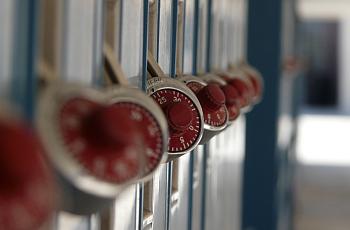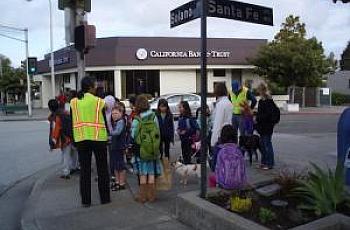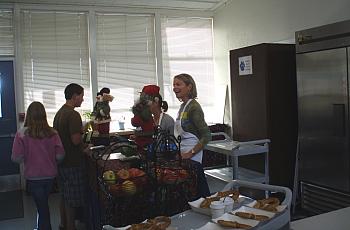
Annette Fuentes
Freelance Journalist, Author

Freelance Journalist, Author
I am a veteran news journalist, who has worked as an editor, reporter, columnist and journalism teacher, in newspapers, magazines and even television and a bit of radio.
I am also the author of the just-published investigative work, "Lockdown High: When the Schoolhouse Becomes a Jailhouse," (May 30, Verso), which explodes the myth of rampant school violence and exposes the harms of zero-tolerance, prison-like security and discipline policies--and the industries and individuals that profit from them.

<p>My new book, "Lockdown High," explores the myths and reality of school violence and zero tolerance policies. Here's what I learned while reporting it. </p>
<p>Health care reform law will increase demand, but low salaries are discouraging young doctors from entering primary care.</p>

<p>On Wednesday mornings, just before 8 o’clock, Ken McCroskey dons a reflective, neon yellow vest, leaves his Albany home with daughter Laurel in tow and together they head to the corner of Santa Fe Avenue and Thousand Oaks Boulevard where they will collect several other young passengers. Ther

<p><a href="http://www.choicelunch.com/" title=" ">Choicelunch</a>, one of a handful of private companies that provide school lunches in the Bay Area, has helped Havens Elementary meet parent demand for nutritious and tasty foods produced in a sustainable manner. It has also helped with another of the parents’ goals: turning the lunch program into a profit center. </p><p> </p>
<p>In the past few years, in fact, school lunch reform has become a cause célèbre in many school districts in the Bay Area as concerns mount about children’s health. And the Oakland school district, along with the West Contra Costa County Unified School District, is among the pioneers in injecting healthier food choices into their menus despite a paucity of resources and the challenges of re-educating taste buds.</p>
<p>There is a world of difference in how districts provide healthy school lunches. One key difference is money—both the income levels of school districts and the cost of lunch programs. Another is the food culture of diverse communities, so to speak, and what kids and their families are used to eating. In districts like Oakland, which participate in the federally and state subsidized lunch programs, the nutrition services have just $2.74 per meal to deliver a lunch that meets guidelines--and that kids will want to eat. Affluent districts such as Orinda don't participate in the subsidized lunch program and may serve catered lunches that are a lot like food they would eat at home.</p>
<p>In a remarkable shift in public perceptions about children's health, unhealthy eating and obesity are now seen as the greatest threats to California's kids, according to the latest statewide voter survey from the Field Poll. In years past, illegal drug use was named as the biggest health risk but after concerted public health campaigns at the state and federal level, public awareness about childhood obesity has spread widely.</p>
<p>California scored in the lowest quartile among all states in its health care system's provision of services for children in a new Commonwealth Fund report, and the reasons behind it have very much to do with budget priorities. But there are also the complex issues of immigration and access to care that are not so easily resolved.</p>
<p>A Commonwealth Fund survey compares the states on childrens' health care access and treatment, and California ranks in the bottom quartile.</p>
<p>Bay Area school nutrition directors say higher nutrition standards are good, but expensive.</p>